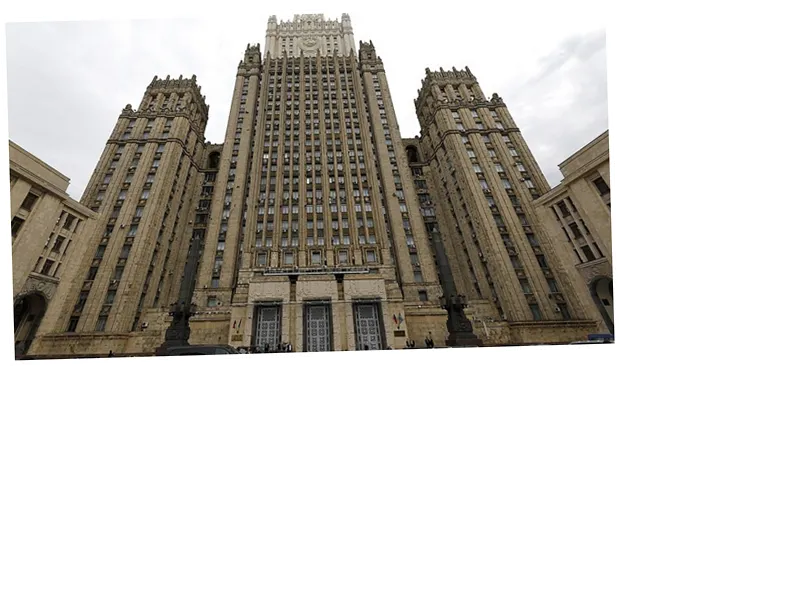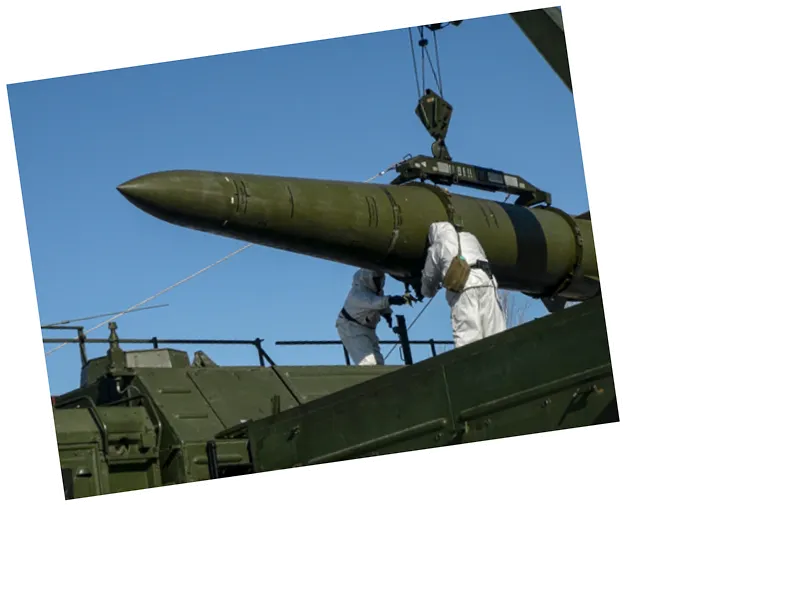Escalating Tensions: Russia's War in Ukraine and Western Response
The European landscape has been increasingly tumultuous as Russia's invasion of Ukraine escalates. The Kremlin has recently initiated exercises involving tactical nuclear weapons near the northeastern border with Ukraine, signaling a significant escalation. This comes in response to Western countries, including the US, Germany, France, Poland, and others, permitting Ukraine to deploy advanced weaponry accompanied by training, even on Russian soil.
A notable incident that heightened concerns took place last week when Ukrainian drones penetrated 1,800 kilometers into the Russian region of Orenburg, disabling an early warning radar and creating a critical detection gap in Russia's nuclear attack warning system. In reaction, Russian President Vladimir Putin announced the start of tactical nuclear drills close to Ukraine's borders, sparking further unease.
Rising Hostilities and Key Figures' Responses
With each passing day, the conflict appears to intensify. Ukrainian President Volodymyr Zelensky reported that the Russian offensive around Kharkiv, Ukraine’s second-largest city, experienced over a thousand attacks in just one week. Putin, reinforcing Western fears, stated that Russia is technically and militarily prepared for current and future challenges.
In response to these developments, Western allies have been upping their military support for Ukraine. The Western military alliance, headquartered in Brussels, has sanctioned the usage of advanced weaponry in defensive measures on Russian territory.
Italian President Sergio Mattarella criticized Putin during the Republic's anniversary, emphasizing that Russia’s actions have dismantled Europe's long-standing security framework, leading to a troubling arms race. His stern comments reflect the broader European alarm over the conflict.
The Threat of Direct Confrontation and NATO's Mobilization
In a recent statement in Tashkent, Uzbekistan, Putin warned of severe repercussions should Ukraine use long-range precision weapons provided by the West against Russia. He asserted that such an act would escalate the situation to a direct confrontation between NATO and Russia, emphasizing the potential for catastrophic consequences.
The Kremlin has repeatedly pointed to its strategic nuclear arsenal as a deterrent against Western support for Ukraine. Putin questioned the ability of NATO countries to protect themselves if serious ramifications for Europe arise, hinting at a potential reliance on US protection in a nuclear scenario. This ongoing war has not only strained Russia's relationship with Europe but has also led neutral countries like Sweden and Finland to join NATO, further complicating the geopolitical landscape.
The push for increased military readiness is palpable across Europe. Germany has proposed reactivating 900,000 reservists to bolster its defenses, a reflection of the heightened state of alert shared by Britain and France—both nuclear-capable countries.
- Russia's move to restructure its economy into a war-ready state is evident with increased spending on defense, now accounting for 8.7% of the national wealth. The appointment of Andrei Belousov, an economist, as the new Minister of Defense, showcases the strategic shift towards economic wartime management.
- Western alliances are not unanimous in their approach to aiding Ukraine. Italy, led by Prime Minister Giorgia Meloni, aligns with US and NATO strategies but faces internal dissent. The League party, allied with Meloni, opposes sending weapons that could be used against Russian territory. This internal discord underscores the complex political landscape within NATO member countries.
- The Baltic states, including Lithuania, Estonia, and Latvia, now find themselves at the forefront of NATO's defense strategy amid the heightened tensions. Deployment of NATO contingents in these regions is a direct response to the increased threats posed by Russia.






